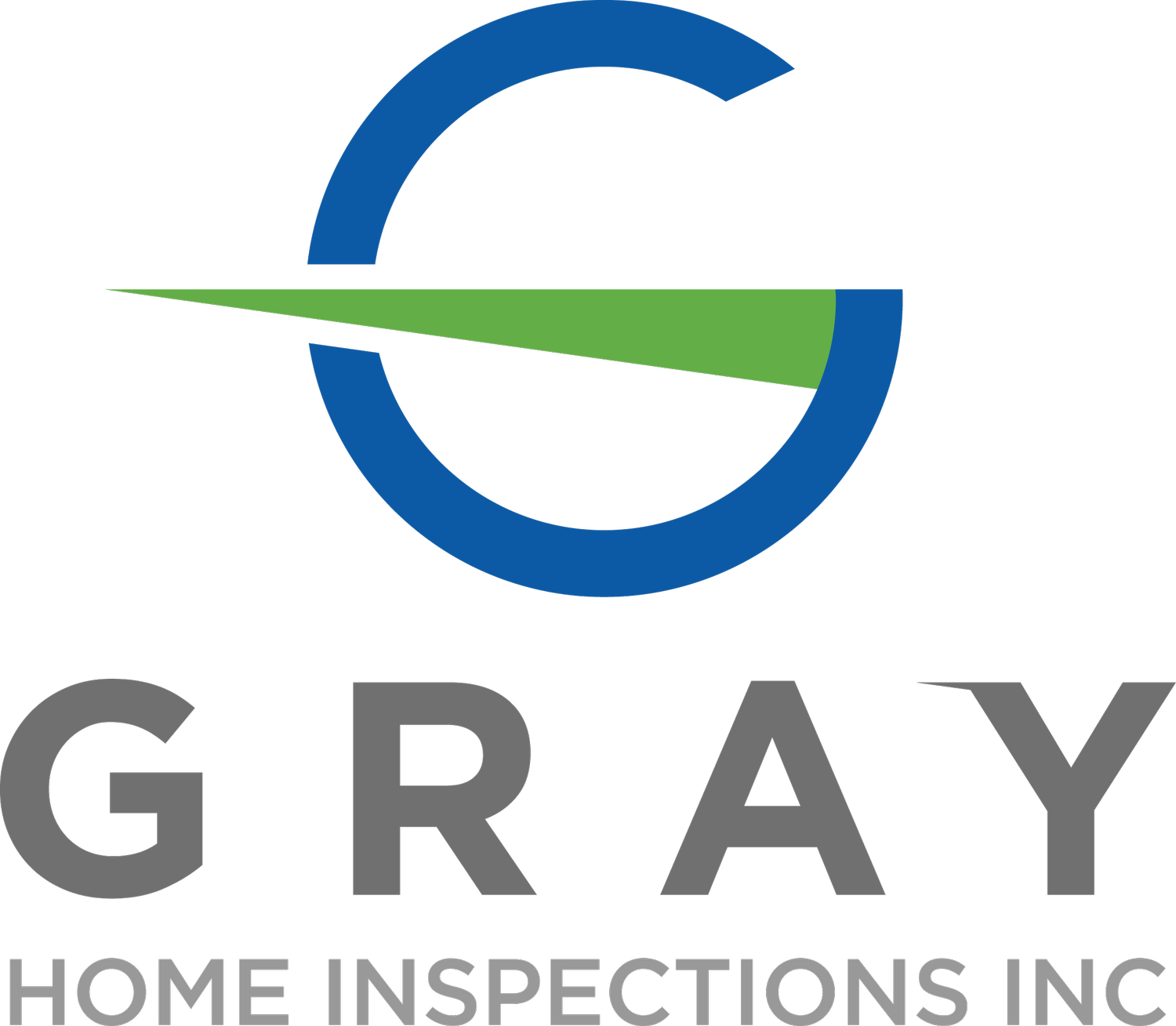Early Detection: How to Spot Mold in Your Home
Mold can be a serious issue in homes, causing damage to structures, triggering allergies, and impacting indoor air quality. Detecting mold in its early stages is crucial to prevent its spread and minimize potential health risks. In this blog, we will guide you through the process of spotting mold in your home in its early stages, empowering you to take proactive measures to address the problem before it becomes more severe.
- Visual Clues: One of the most obvious signs of mold growth is the presence of visible mold patches. Keep an eye out for discolored spots or patches on walls, ceilings, or other surfaces. Mold can appear in various colors, including black, green, brown, or white. Pay attention to areas prone to moisture, such as bathrooms, basements, and kitchens, as well as places with poor ventilation.
- Musty Odor: Mold often emits a distinct musty odor. If you notice an unpleasant, earthy smell that persists even after thorough cleaning, it may indicate the presence of hidden mold. Follow your nose to pinpoint the source of the odor and inspect the area for any visible signs of mold growth.
- Water Intrusion: Mold thrives in damp environments, making water intrusion a potential trigger for its growth. Keep an eye out for signs of water damage, such as water stains, discoloration, or peeling paint on walls or ceilings. Check around windows, pipes, and areas where moisture is likely to accumulate, such as around sinks, toilets, and showers.
- Increased Allergy Symptoms: If you or your family members experience unexplained allergic reactions or respiratory issues that seem to worsen when you are at home, mold could be the culprit. Symptoms such as sneezing, coughing, watery eyes, or nasal congestion may indicate mold presence. Pay attention to whether these symptoms improve when you leave your home for an extended period.
- High Humidity Levels: Excess humidity creates an ideal environment for mold growth. Invest in a humidity meter to monitor the humidity levels in your home. Ideally, indoor humidity should be kept below 50%. If you consistently measure high humidity levels, particularly in areas prone to moisture, it increases the risk of mold growth.
- Condensation and Moisture: Condensation on windows, pipes, or walls can indicate excessive moisture and provide a breeding ground for mold. Regularly inspect these areas for any signs of condensation or moisture accumulation. Ensure proper ventilation in high-moisture areas such as bathrooms, kitchens, and laundry rooms to prevent mold growth.
- Professional Mold Inspection: If you suspect mold but are unable to identify its source or extent, it is advisable to hire a professional mold inspector. Certified mold inspectors have the expertise and tools to conduct comprehensive inspections, identify hidden mold growth, and assess the severity of the issue. They can provide you with a detailed report and recommend appropriate remediation measures.
Early detection is key when it comes to addressing mold issues in your home. By paying attention to visual clues, musty odors, water intrusion, increased allergy symptoms, high humidity levels, and condensation, you can spot mold in its early stages and take prompt action. Remember, if you suspect mold but are unsure, it is best to consult with a professional mold inspector for a thorough assessment. By addressing mold early on, you can protect your home, safeguard your health, and maintain a clean and mold-free living environment.
